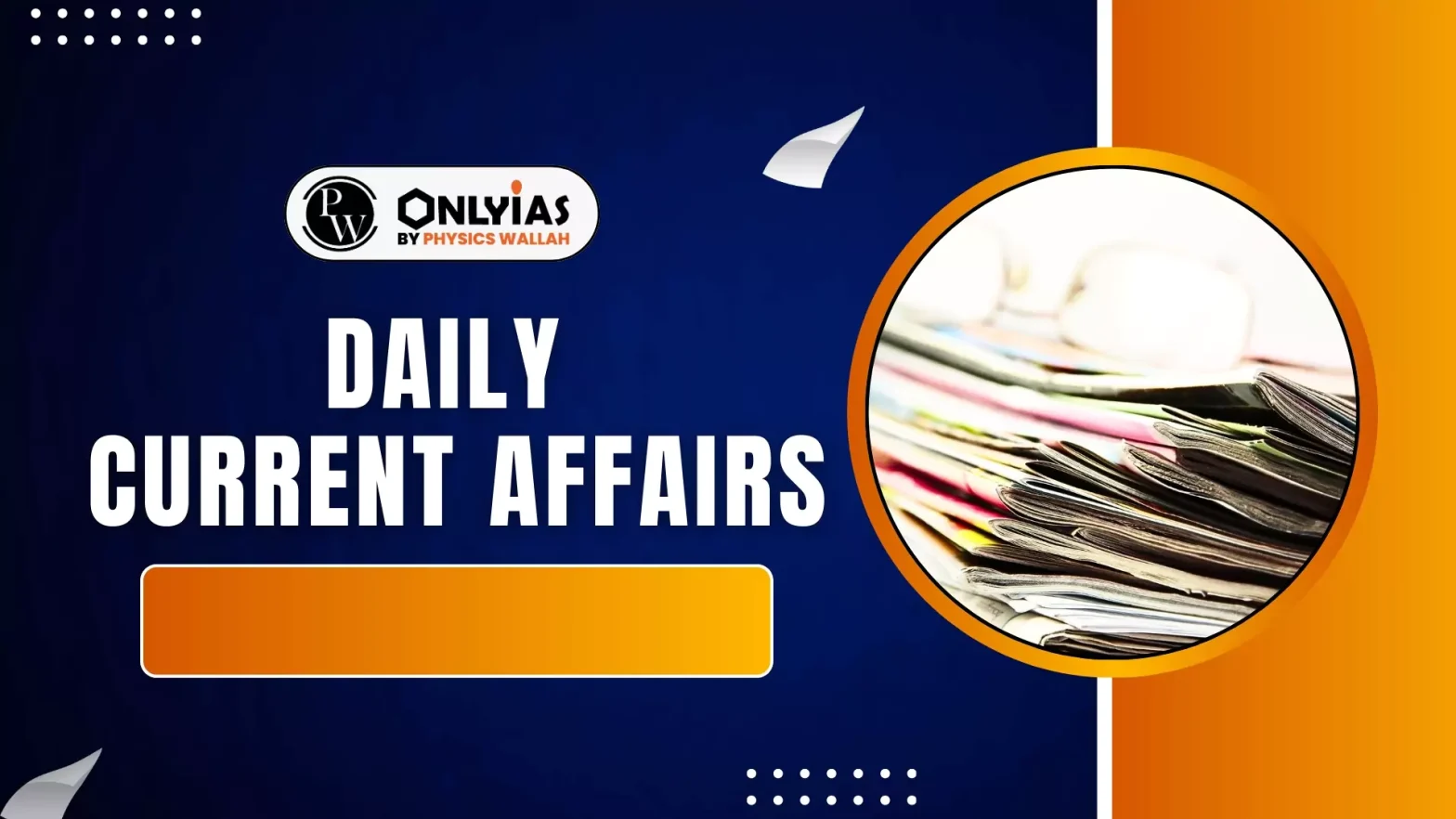The two judges bench of the Supreme Court called for a reconsideration of the 2014 Pramati Educational and Cultural Trust judgment, questioning the blanket exemption of minority institutions from the Right to Education Act.
Background
The Pramati Educational and Cultural Trust v. Union of India (2014)
- Judgment: A five-judge Constitution Bench ruled that applying RTE Act provisions to minority institutions is ultra vires the Constitution.
- Rationale: The Court held that enforcing RTE on such schools would infringe upon their autonomy and minority character guaranteed under Article 30(1).
Minority Rights under the Constitution
- Article 30(1): Grants religious and linguistic minorities the right to establish and administer educational institutions of their choice.
- Protection of Identity: The provision ensures preservation of minority culture and autonomy, preventing majoritarian interference in educational affairs.
About the Right to Education Act, 2009
- Constitutional Basis: Enacted to operationalise Article 21A (Right to Education), guaranteeing free and compulsory education for children aged 6–14 years.
The 86th Amendment Act of 2002
- This made elementary education a fundamental right for children between 6 and 14 years old by adding Article 21A to the Indian Constitution.
- It also added a new Fundamental Duty (Article 51A(k)) and amended another Fundamental Duty to include providing educational opportunities for children aged 6-14, raising the total number of fundamental duties to eleven.
|
- Key Provision: Section 12(1)(c) mandates 25% reservation for disadvantaged and weaker sections at the entry-level in private schools, with reimbursement for expenses by the State.
- Section 23 deals with the qualifications for appointment and terms and conditions of service of teachers.
- It mandates minimum qualifications for teachers, as laid down by a central government-authorized academic authority.
Key Observation of Bench
- Fragmentation of Common Schooling Vision: Judges expressed doubts over the validity of the Pramati ruling. The exemption of minority institutions from the RTE Act results in a fragmented schooling system, undermining the constitutional ideal of inclusivity and universality envisioned under Article 21A.
- Reasoning: The Court argued that RTE Act ought to apply to all minority institutions, aided or unaided, as it does not annihilate their character.
- No Conflict Between Articles: The Court said Article 21A (Right to Education) and Article 30(1) (Minority Rights) can co-exist harmoniously.
- Social Inclusion: Section 12(1)(c) furthers equity and universalisation of elementary education without undermining minority identity.
- On Teacher Eligibility Test (TET): TET is one of the minimum qualifications under Section 23 of the RTE Act.
- Minority institutions must comply with TET norms to ensure teaching quality and accountability.
- Interim Order: The SC has ordered that all non-minority schools must comply with RTE provisions, while also granting relief to in-service teachers regarding the Teachers’ Eligibility Test (TET) requirements based on their remaining years of service.
Matter refer to CJI: Four Key Constitutional Questions
- Revisiting the Pramati Ruling (2014): Whether the earlier exemption to minority institutions should be reconsidered in light of universal education goals.
- Section 12(1)(c) vs. Article 30(1): Whether the 25% quota for disadvantaged groups violates the constitutional autonomy of minority institutions.
- Ignoring Article 29(2): Whether the omission of non-discrimination in admissions weakens the constitutional balance between equality and minority protection.
- Partial vs. Whole Invalidation: Whether only select provisions should have been struck down, or whether the entire RTE Act should have been invalidated in relation to minority institutions.
Implications of Revisiting the 2014 Judgment
- For Minority Institutions: They may need to admit 25% disadvantaged students and follow state frameworks, balancing autonomy with accountability.
- According to DISE (2021–22), over 36 lakh children have been admitted under Section 12(1)(c) since implementation.
- For Education Policy: Strengthens the goal of inclusive and universal education, aligning with Sustainable Development Goal 4 (Quality Education).
- For Jurisprudence: A larger bench may redefine the scope of minority rights vis-à-vis the state’s obligation to ensure equality.
- Enhance Education Quality: NCERT (2023) found states with higher TET-qualified teachers had better learning outcomes (ASER reports).
Challenges Ahead
- Autonomy Concerns: Minority groups argue that mandatory compliance with RTE (like the 25% quota) could erode cultural and linguistic identity protected under Article 30(1).
- In Pramati (2014), the Supreme Court emphasised that minority institutions must enjoy autonomy to preserve their distinctive character.
- Implementation: Ensuring financial neutrality and administrative clarity under Section 12(1)(c) remains a challenge.
- In states like Rajasthan and Uttar Pradesh, RTE reimbursements have been delayed for multiple years, straining private and minority institutions.
- Balancing Rights: Reconciling Article 21A (Right to Education) with Article 30(1) (Minority Rights) requires harmonious interpretation rather than one right overriding the other.
- Balancing the individual child’s right to education with the collective right of minorities to cultural preservation needs nuanced jurisprudence.
Way Forward
- Context-Specific Application: Adopt a fact-specific analysis rather than a blanket exemption for all minority institutions.
- Example: In Canada (Onterio), Catholic schools follow the public curriculum while maintaining religious values.
- Financial Safeguards: Ensure timely reimbursement of costs to minority schools under RTE mandates.
- Teacher Quality & Accountability: Expand Teacher Eligibility Test (TET) compliance, giving schools a transition period while promoting capacity building.
- Example: In Finland, All schools, including minority-language schools (like Swedish-medium), must hire nationally accredited teachers, ensuring uniform quality.\
- Balancing Minority Rights with Inclusivity: Mandate core standards (curriculum, teacher quality, inclusivity) while respecting cultural freedom (language, ethos, pedagogy).
- Example: In Singapore Minority Madrasahs operate under state supervision; students take national exams while preserving religious-cultural education.
- Strengthening Monitoring Framework: Set up independent regulatory bodies for compliance without eroding autonomy.
-
- Example: IN UK, Faith schools (Christian, Jewish, Muslim) receive public funding but must pass Ofsted inspections and teach core subjects.
Conclusion
The Supreme Court’s review must balance universal education rights with minority autonomy, ensuring equity, inclusivity, and quality while safeguarding cultural identity, thus harmonising Articles 21A and 30(1) within constitutional morality.
![]() 3 Sep 2025
3 Sep 2025

